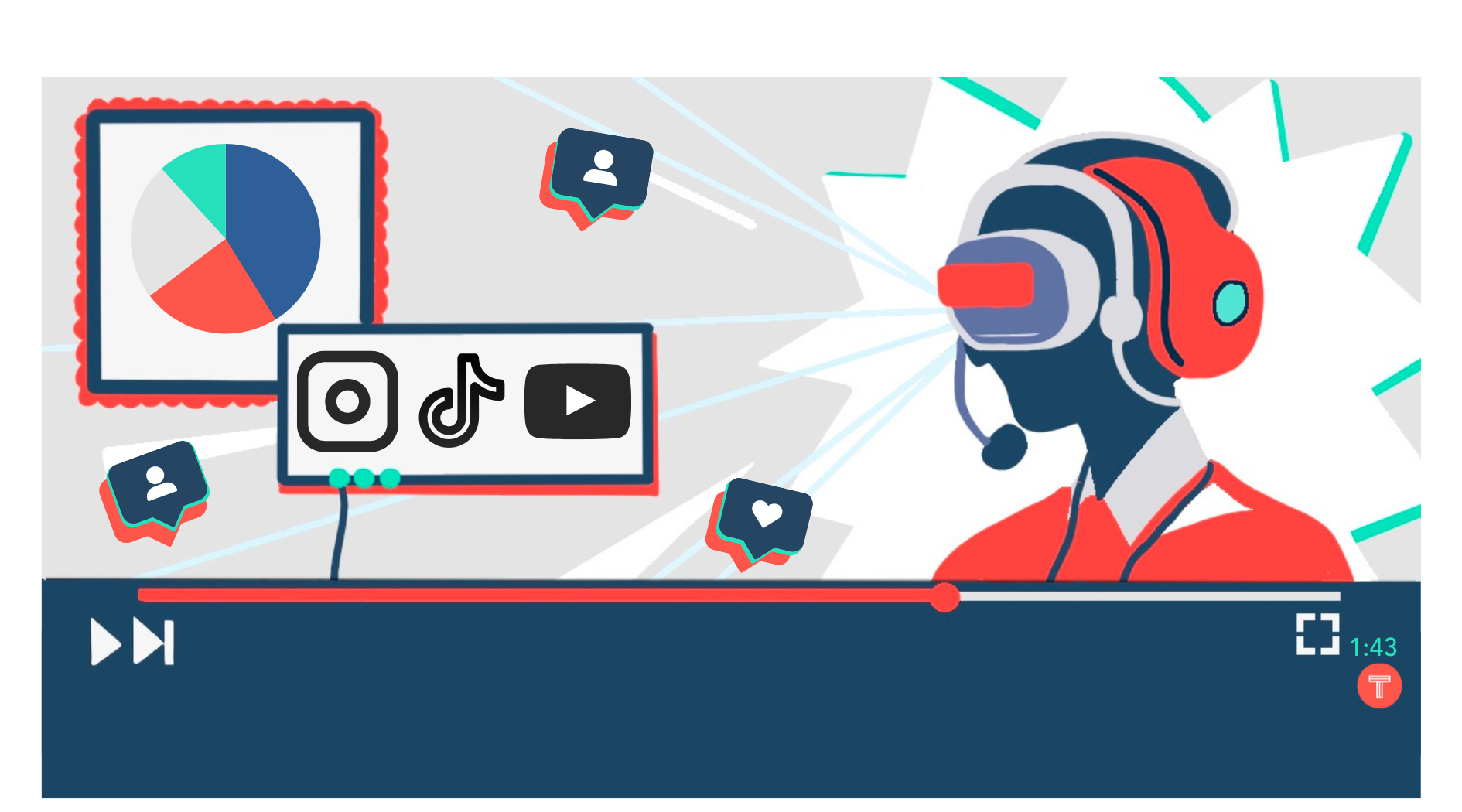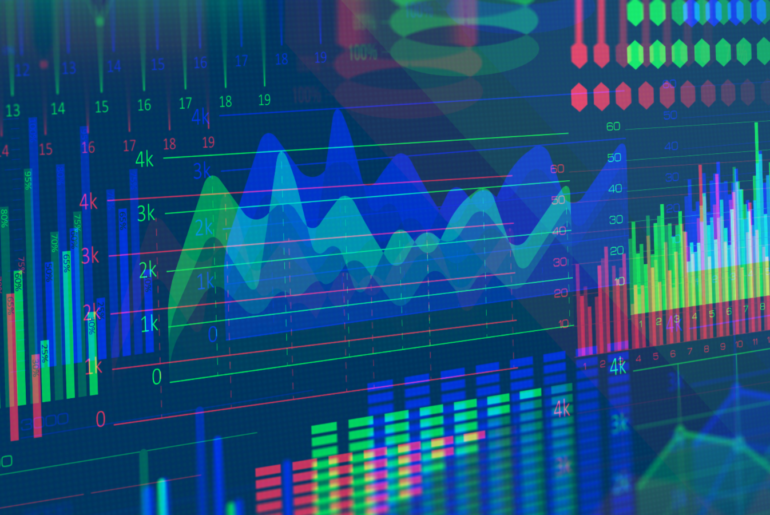Micro-influencers are a unique breed of content creators. They speak directly to a smaller fan base, niche audiences that have deeper connections to these influencers. But when activated correctly and amplified by brand channels, micro-influencers have shown that they outperform larger creator AND branded content. Micro-influencer marketing campaigns are not about getting a single celebrity influencer, but rather about activating a world of micro-influencers en masse. Let’s dig into the frequently asked questions about micro-influencer campaigns and strategy.
What is a micro-influencer?
Micro-influencers are social media users with follower counts between 10,000 and 100,000 users. These influencers have extended beyond “standard” reach and have cultivated a dedicated fanbase, typically around a specific niche or topic. They are often content experts and may know your product better than you do.
Micro-influencers are big enough to make waves, but still small enough that their followers can feel a deep connection to them and their content.
Micro-influencers exude trust. They have not made the leap to macro-influencer, where relationships with followers switch from social to parasocial.
What is a nano-influencer?
Nano-influencers are creators with less than 10,000 followers, a smaller variety of micro-influencers. Don’t let the size fool you. They are the tastemakers, community experts, and social butterflies of a community. Some of these creators may aspire to stardom and digital celebrity, but many are not pursuing a career as a social media star. They’re about sharing authentic interactions with their personal connections.
The expertise exhibited by nano-influencers often comes from a voice of authority. You can find academics, journalists, technical experts, and other specialists with follower accounts under or around 10,000. That does not diminish the content they produce but rather is an indicator that they may be publishing in other media like newspapers, blogs, or journals.
Even those who are not “true” experts can still lend credibility and expertise to unique perspectives. Nano-influencers can also be topic enthusiasts. They could be power users of a product or service, people who live a lifestyle that speaks to the ideal customer profile of your product or service. Remember, it is about the quality of the creator, not the number of followers.
Where do I find micro-influencers?
Always start close to home. Your social listening tools, or even native social platform functions, can identify those creators who are tagging or mentioning you. You should always start with your existing customer base.
From there, an easy way to cultivate relationships with creators is to launch a hashtag campaign. As people submit content, you’ll quickly discover individuals who want to be involved with your brand.
Often, with micro-influencers, it is a game of numbers. You should use tools that let you find and engage with the best brand influencers while analyzing and sorting through content at scale. TINT helps you build real connections that deliver quality content and ROI.
Why micro-influencers instead of macro-influencers?
Micro-influencers are a voice of authenticity and transparency. These folks represent the everyday users of your product or service. They’re real people that look, act, and live like your customers. The connection to them is social, not parasocial.
With larger influencers, they are essentially digital celebrities. Their reach is greater, but they also come with more baggage. You’ll likely pay per post, pay per click, or some other ala cart pricing scheme. More so, we’re seeing the Federal Trade Commission taking an increasing interest in influencer marketing and advertising practice.
Macro-influencers are great to activate for a flash-in-the-pan conversion driving campaign. The sort of campaign where you just need to eke out a handful more clicks or sales. Micro-influencers are all about content cultivation and creating a reciprocal relationship between the brand and your audience. It can take a minute to get started, but once you overcome the inertia you’ll have an endless stream of real content by real people.
What is an internal influencer?
An internal influencer is a content creator directly employed by a company or organization. Social content creation and distribution may be all, or part, of their job function.
Internal influencers may serve a variety of functions throughout a company. Perhaps the best use of these individuals is to support social-driven employee advocacy programs, particularly those focused on recruitment and retention.
Learn more about the different types of internal influencers.
How do I identify internal micro-influencers?
Start with the low-hanging fruit. 33% of employees are already posting messages, pictures, or videos about their employer without any additional encouragement. Start building programs with these people as your champions.
Then, start looking for staff who are generating content about your brand. Many times, these folks exist outside of the marketing department. It could be the intern who is making TikToks, or the manager who shares relevant perspectives on LinkedIn.
Previously, marketing and communications often maintained a stranglehold on public communication channels. Now, everyone with a social media account has a voice. The best brands start from within. It is time to imagine how an entire organization’s workforce can contribute to marketing.
What is employee-generated content?
Content created by employees, usually outside of their standard job function, is a unique type of user-generated content called employee-generated content. This includes status updates, images, videos, audio, and more.
Employee-generated content has become instrumental to recruitment and retention initiatives.
Do internal influencers and other employee creators require additional compensation?
The quick answer is “it depends”. Much of this relies on organizational culture. If your team is the type to leap at every opportunity to collaborate, then you may be able to start making asks without too much structural change. Likewise, if your teams are driven by competition, you can turn that energy into a content engine. If your teams are heavily siloed or unengaged, then there will likely need to be some sort of incentivization to get the wheels turning.
This may be a good time to review organizational social media policy including staff social media policy in the employee handbook. Perspectives on employee social media use have evolved. 42% of marketers say that employees do not share content because they’re afraid of saying something they shouldn’t on social. Seek to enable your team to be contributors without having them worry about being reprimanded. Try to reduce any obstacles to your employee social media advocacy program’s success.
Do I need to compensate micro-influencers?
There is no singular strategy or practice that dictates micro-influencer compensation. The simple, non-answer, is always “it depends”.
As the follower counts reach the upper limits of micro-influencer status (approaching 100,000), odds are that those individuals have had conversations with brands. They may have a more professional understanding of the content creation process and the relationship with brands. These influencers tend to prefer to keep the content on their own channels since many aspire to macro-influencer status.
Smaller micro-influencers, and nano-influencers, may require a little more hand-holding by staff or software enablement. The benefit of these smaller creators is that they generally have sincere connections with your product, service, or industry. Many of these smaller creators may collaborate for their 15 seconds of fame or product trade-out.
Gamification, like contests and sweepstakes, is a phenomenal way to cultivate content from smaller creators. A single prize or incentive can generate thousands of contributions. Once the content is captured, you can use brand channels to amplify its reach.
What should I know before launching a micro-influencer campaign?
Before launching, you should align on the metrics for success. Usage of hashtags and engagement rate of common KPIs for this type of influencer marketing campaign. It is about getting content, engagement, and reach, not just activating a single influential endorser.
You should also consider the platforms you’re activating. Micro-influencers are especially partial to specific networks like Facebook or Twitter. The type of content and clicks you’re likely to garner will greatly vary based on your target audience.
You’ll find higher engagement rates and higher conversion rates when you temper expectations, remember that micro-influencers are everyday people and that their content will often need some degree of amplification via company-owned marketing channels.
What is the best tool to discover micro-influencers, internal influencers, and employee creators and engage with their content?
The future of marketing will be built with authentic content, created by the people who know your brand best: your customers and employees. TINT works with companies across the globe to activate these authentic voices. From user-generated content to micro-influencers to employee advocacy to social commerce, TINT has the tools necessary for enterprise organizations to accelerate the customer journey and drive sales. Discover how TINT can move your marketing into the future.




